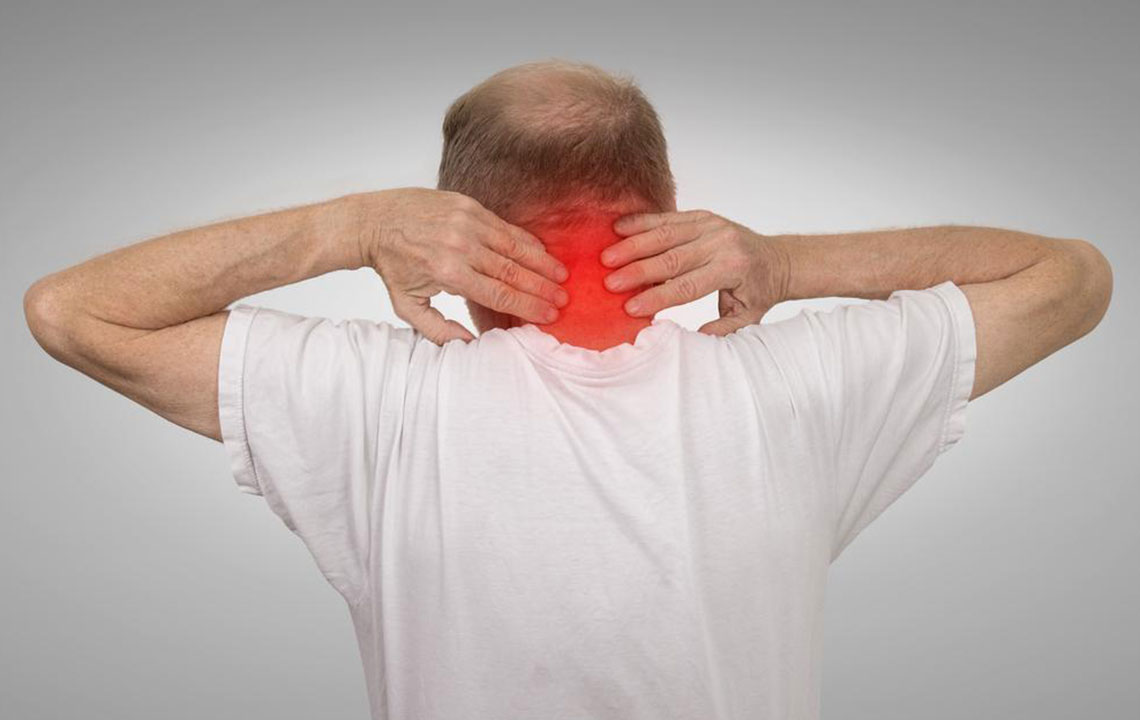Comprehensive Guide to Managing and Treating Herniated Discs
Discover comprehensive insights into herniated disc symptoms, causes, and treatments. Learn how conservative therapies can alleviate pain and when surgical intervention becomes necessary. Early diagnosis and personalized care are key to recovery and spinal health maintenance.

Understanding Herniated Disc: Symptoms, Causes, and Treatment Options
A herniated disc can cause sensations like numbness, weakness, or tingling in one or both legs. This condition occurs when the soft inner material of the intervertebral disc protrudes through the outer layer. While it often does not cause severe pain or ruptures, prompt treatment is essential to alleviate discomfort. Herniated discs commonly develop in the cervical (neck), thoracic (upper/mid-back), and lumbar (lower back) regions of the spine.
The spinal disc acts as a cushion to absorb shocks between vertebrae, composed of a gel-like nucleus surrounded by a fibrous outer ring called the annulus. Damage to this outer ring allows the inner material to push out, forming a herniation that can press against nerves, causing pain and other symptoms.
Herniated discs vary from mild bulges to severe ruptures, often resulting from weakened disc walls or sudden pressure. Factors like repetitive microtrauma, abrupt impacts, or genetic predisposition can all contribute to disc herniation.
The pressing of disc material on spinal nerves may lead to numbness, muscle weakness, spasms, and pain. Depending on the herniation location, symptoms differ:
In the thoracic spine: numbness, weakness in legs, altered reflexes, possible bowel or bladder changes, and paralysis below the waist.
In the cervical spine: neck pain, shoulder discomfort, radiating pain into arms and fingers, and restricted movement.
Typically, pain develops gradually but can worsen with continued activity. Proper diagnosis through imaging guides effective treatment options.
Effective Herniated Disc Treatment Approaches
After diagnosis, non-surgical methods are usually preferred initially. Conservative treatments involve several phases:
Phase 1: Pain Management and Protection — Using ice, electrotherapy, or acupuncture to reduce inflammation.
Phase 2: Restoring Movement — Engaging in targeted exercises to improve flexibility, strengthen core muscles, and reduce tension.
Phase 3: Full Functional Recovery — Gradually increasing activity levels, including walking or light running, based on individual capacity.
Phase 4: Prevention — Implementing routines to prevent future herniation and maintain spinal health.
When conservative measures do not alleviate symptoms, surgery may be necessary. Surgical options vary based on the herniation's location and severity. Early intervention can prevent long-term complications. So, consult a healthcare professional for personalized treatment plans.










